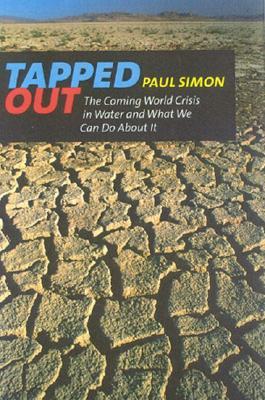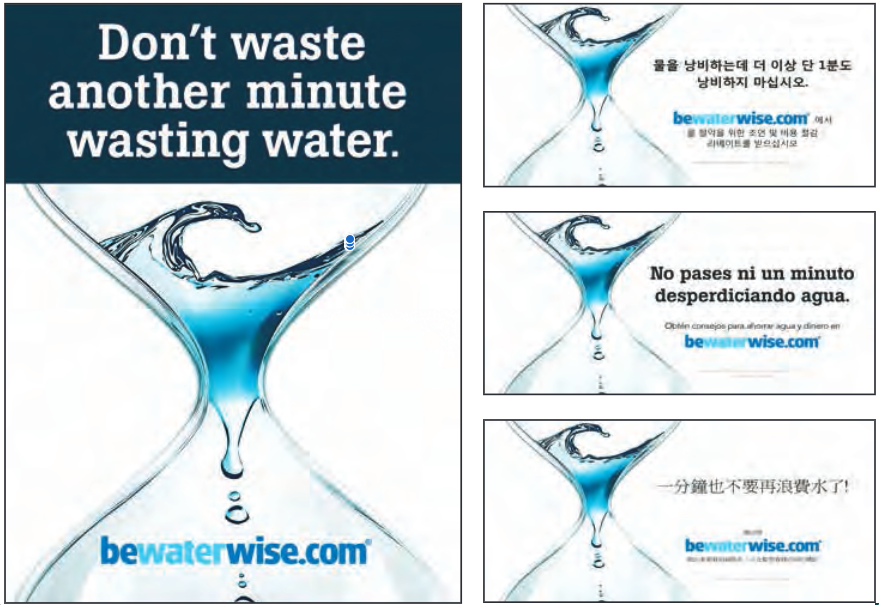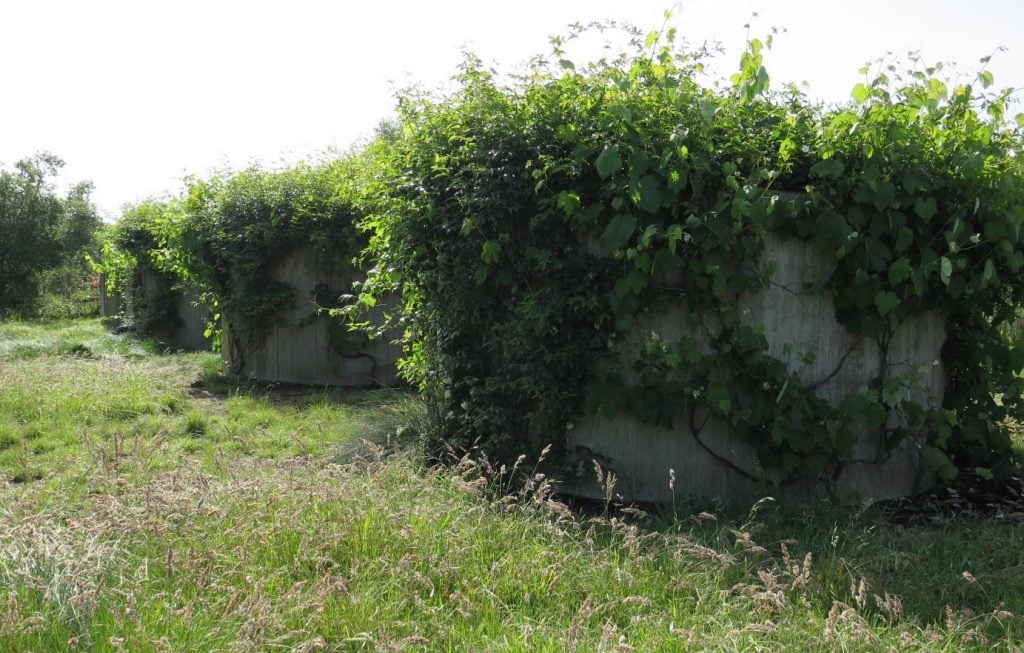California gardeners are in the phalanx of water conservationists who are working to stem the effects of drought in the Golden State.

While we gardeners in Colorado are just a little excited that the state’s legislature has finally spiked the law against the residential collection of rainwater, which served to resuscitate heated discussions about rainfall and water rights, I recalled a conference I attended in Albuquerque, NM on 22 February, 2002 – more than 14 years ago. The former Senator for Illinois, the late Dr. Paul Simon, delivered the keynote. The conference was about water conservation and Simon was presenting his book Tapped Out: the coming world crisis in water and what we can do about it, first published in 1998.
Let me quote from the first page, where Dr. Simon describes one key aspect of the Middle East peace talks that were then taking place between Ehud Barack (Israel), Arafat (Palestinian Authority) and King Abdullah (Jordan): “The three leaders believed that even if all parties agreed to a peace compact, The Middle East would explode in ten years over the issue of water… .”
With this in mind, dive into the Pacific Institute’s ‘Water Conflict Chronology Map’, where map pins and a conflict list going back to 3000 BC identify 367 conflicts: begin reading at item 169, ‘Villagers killed in Yemen water clash’. Click the item and an info box describes the conflict. Then read Walaa Hussein’s 2015 report on how IS (ISIS, Daesh…) is using water as a weapon. She writes that they aim “to exacerbate this water crisis, as evidenced by its efforts to seize rivers and dams in Syria and Iraq, starting in 2013”.
On a macro level, water, the source of life, is being wielded as a weapon of war. It doesn’t get much sadder. But on a micro level, what’s been going on in our own backyards is not great. In Chapter 2, “California”, Dr. Simon quotes from the 1995 Metropolitan Water Authority of Southern California report: “California’s current water use is unsustainable” and its forecast that in 2020 demand will exceed available supplies by several million acre feet – a shortfall that had been projected in every official water plan for California since 1957.
But ongoing development throughout the West is putting a near-unsupportable strain on aquifers and rivers as their replenishment by rainfall and snow melt declines. The mighty(ish) Colorado River system provides water to San Diego, Los

Angeles, Phoenix and Las Vegas—Egypt with the Nile River, is “the only other place on earth where so many people are so helplessly dependent on one river’s flow.” (Cadillac Desert, Marc Reisner, 1986, Viking, N.Y.)
During the thirty years since publication of that signal book, regional water authorities have made great process in driving water conservation programs throughout the west, motivating commercial and residential water users to rethink their landscapes.
Gardeners have too often been tagged as profligate water wasters (hose-use and lawn irrigation systems being held as evidence of our wantonness). But we are, by-and-large, an inventive subset of human creativity, and while visiting artist Elizabeth Murray in her Monterey, CA garden this past spring.

I was inspired in so many ways, not least by the tempered wildness of her garden (evidence of her intimate knowledge of Monet’s fabled garden at Giverny) and, tucked away in the corner of her town garden, an immense rainwater collection tank, which waters the garden and supplements her household water use. Bear in mind, that she, like so many other gardeners, abides by the rule “suit the plant to the site, not the site to the plant,” and has restricted her plant palette to natives and counterparts that thrive in arid conditions. Because with the historic drought that California has been struggling through, that big old tank is not exactly brimming with H2O.
Not everyone who would like to can squeeze one of these behemoths into their garden; even when there are acres to play with, a water tank is often not an easy sell. Monterey-based landscape architect, Bernard Trainor, had such a client. But by shrouding the tank in up-cycled wood planking and trellis

and shrouding it in climbers, the homeowner’s attitude changed, and several more tanks were added, discreetly, but still within plumbing distance of the residence. Adaptability is the new name of the game.
So, I regard my downspouts now as a source of plenty instead of waste, and am shopping for water receptacles that will suit my tiny garden’s purpose. The lawn is disappearing, a few square feet at a time, to be replaced by drought-tolerant plants and — ambitiously – a crevice garden. “What is that?” I hear you ask.
Stay tuned.
©Ethne Clarke, 2016


